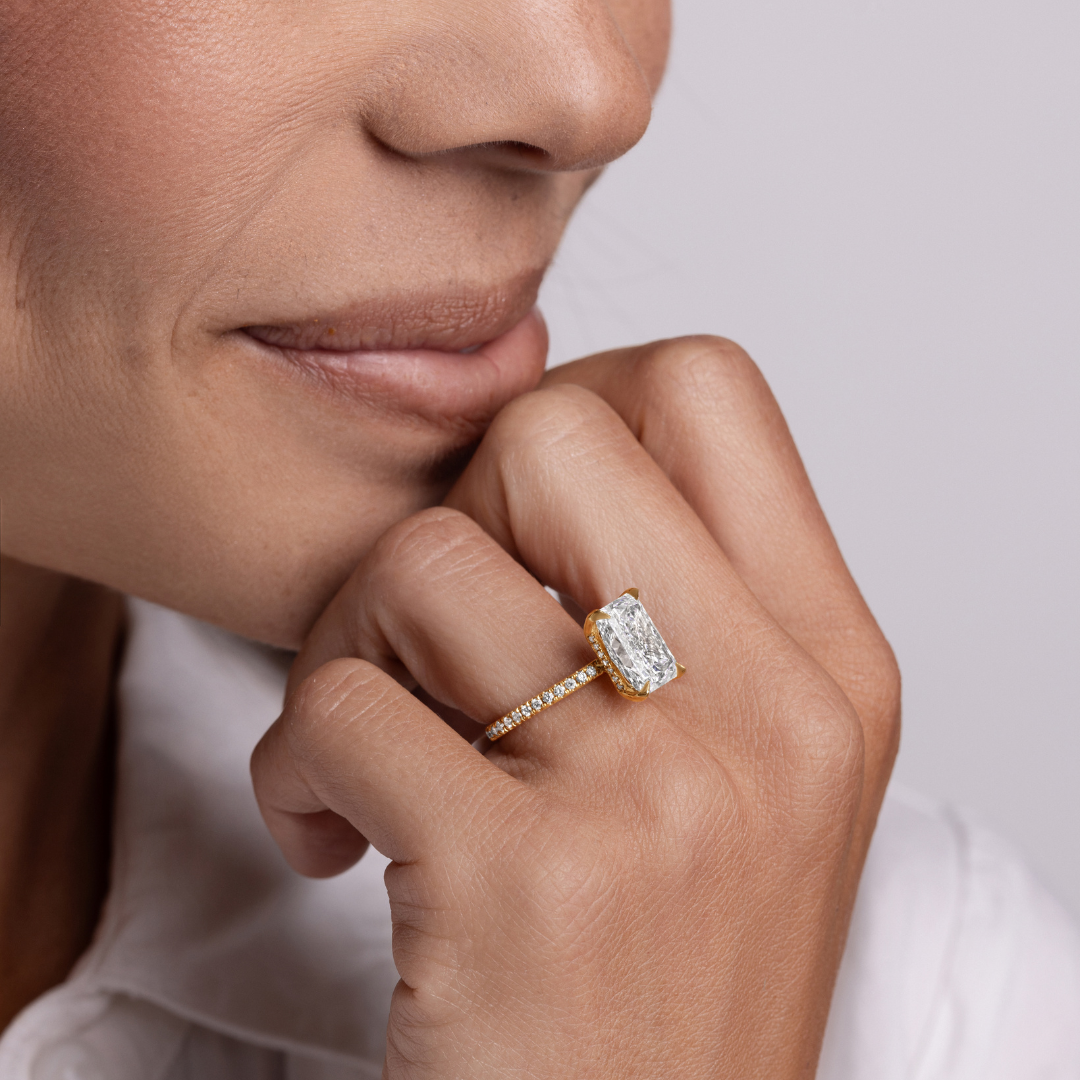Choosing the Right Metal for A Men’s Wedding Band
When it comes to rings, there's more to consider than just size and color. Especially if your future husband enjoys working with his hands, selecting the right ring metal is crucial. In this guide, we'll explore the differences between three of the most durable ring metals for outdoorsmen: tungsten, zirconium, and titanium.
Tungsten
Tungsten has gained popularity among men due to its exceptional durability and resistance to the elements. It's a metal that won't easily scratch and is the heaviest option for a wedding ring.
Tungsten rings come in various colors and designs, including camouflage, dark gray, and light gray. They rank high on the Mohs scale, with hardness ranging from 9 to 10.
It's worth noting that removing a tungsten ring in an emergency can be challenging, as the metal is so robust that it may need to be shattered with vice grips. However, tungsten rings are the most budget-friendly option among the three, offering both affordability and durability.
Zirconium
Zirconium is responsible for those sleek black wedding rings you may have seen. While naturally silver, this metal turns black during the heating process.
What sets zirconium apart is its unique ability to showcase two-toned designs. Jewelers use diamond tooling to reveal the natural silver color beneath the black surface, creating striking two-toned patterns.
Zirconium ranks slightly lower on the Mohs scale, with a hardness range of 8 to 9. Unlike tungsten, it doesn't require shattering with vice grips for removal in emergencies, but it may need to be cracked. The risk of injury during removal is lower compared to tungsten.
Although zirconium rings are pricier than tungsten, their shatter-proof nature and the option for intricate two-tone designs justify the cost.
Titanium
Titanium remains a popular choice for many reasons. It combines durability with a lightweight feel, making it comfortable to wear even during outdoor activities. It withstands elements and resists scratching without adding discomfort.
Titanium ranks lowest on the Mohs scale, at around 6.5, but this offers some advantages. It's still stronger than metals like silver, gold, and platinum, and its lightweight nature ensures comfort. Additionally, it's an affordable option that ticks all the boxes.
In the event that a titanium ring needs to be removed, a diamond cutter is required. While it may be challenging to remove in an emergency, it's not as difficult as zirconium or tungsten.
Titanium rings typically come in a classic gray color that complements various styles, whether dressed up or down.
Choosing the Right Metal
The choice between tungsten, zirconium, and titanium should reflect your desired ring appearance and functionality. Here's a quick guide:
- If you prefer two-toned options, go for zirconium.
- For dark colors and designs, choose tungsten.
- If you want a versatile ring that can be dressed up or down, titanium is a great choice.
Final Thoughts
We hope this guide has helped you better understand the differences between tungsten, zirconium, and titanium rings. While all three offer durability that outdoorsmen appreciate, each brings a unique style and set of features to the table. When you're ready to explore these options further, consider our collection of tungsten, zirconium, and titanium rings.





Share:
Diamonds: White Inclusions vs. Black Inclusions
The Complete Guide to Buying Diamond Stud Earrings